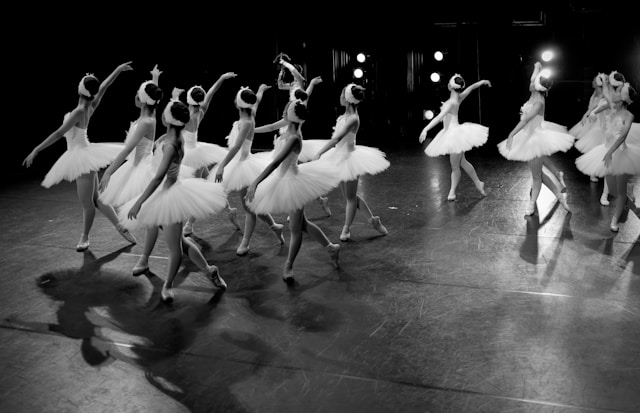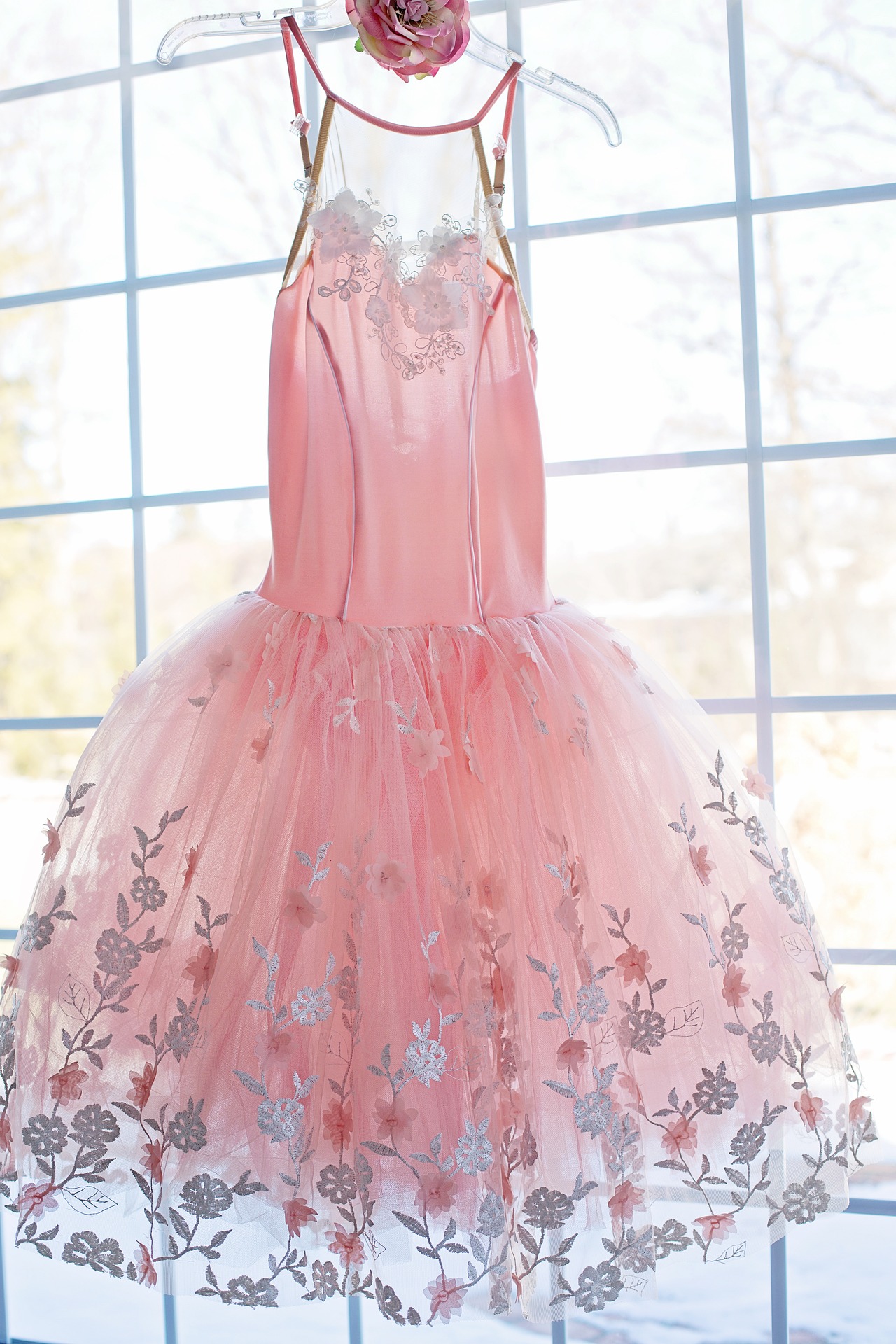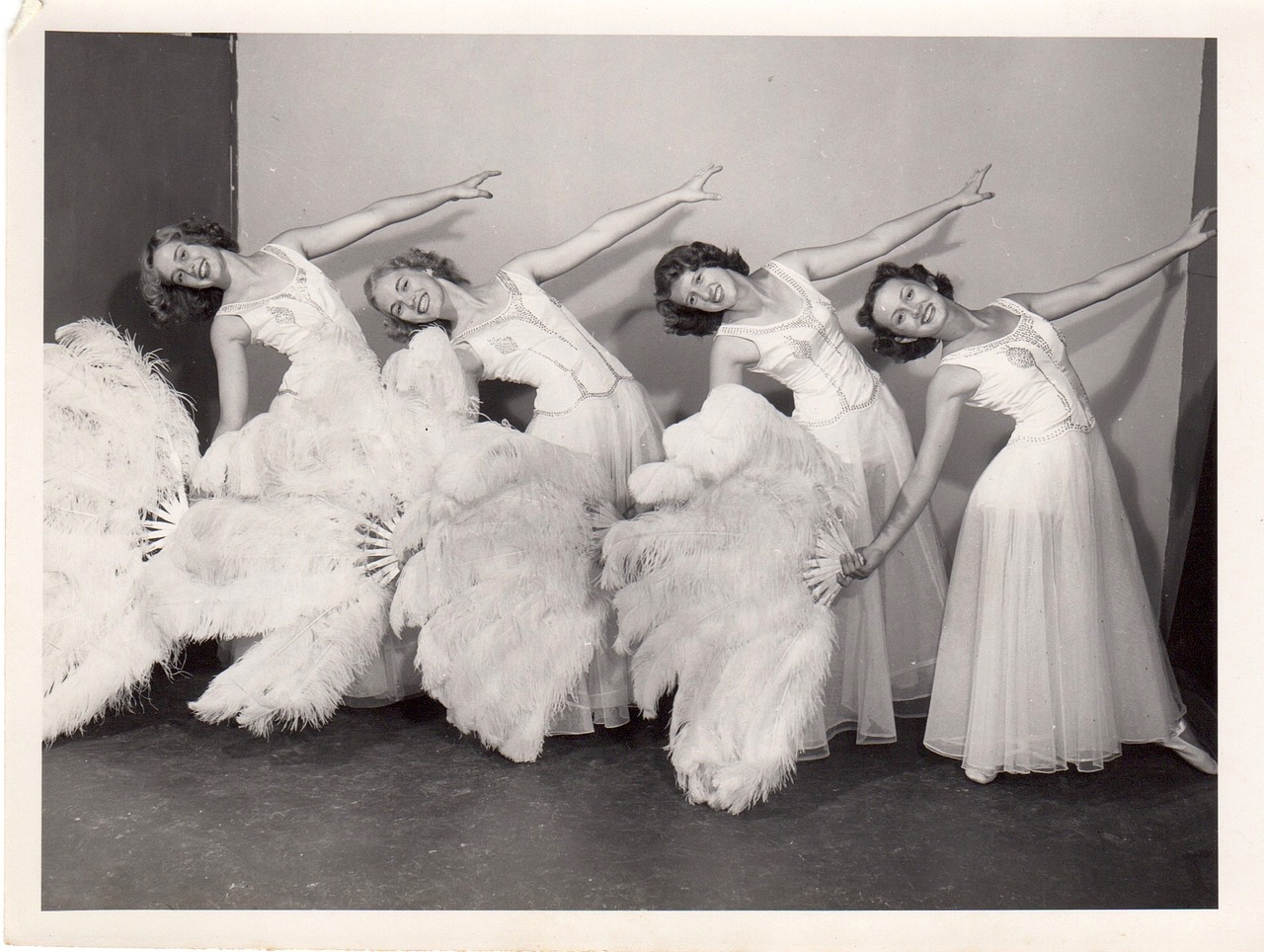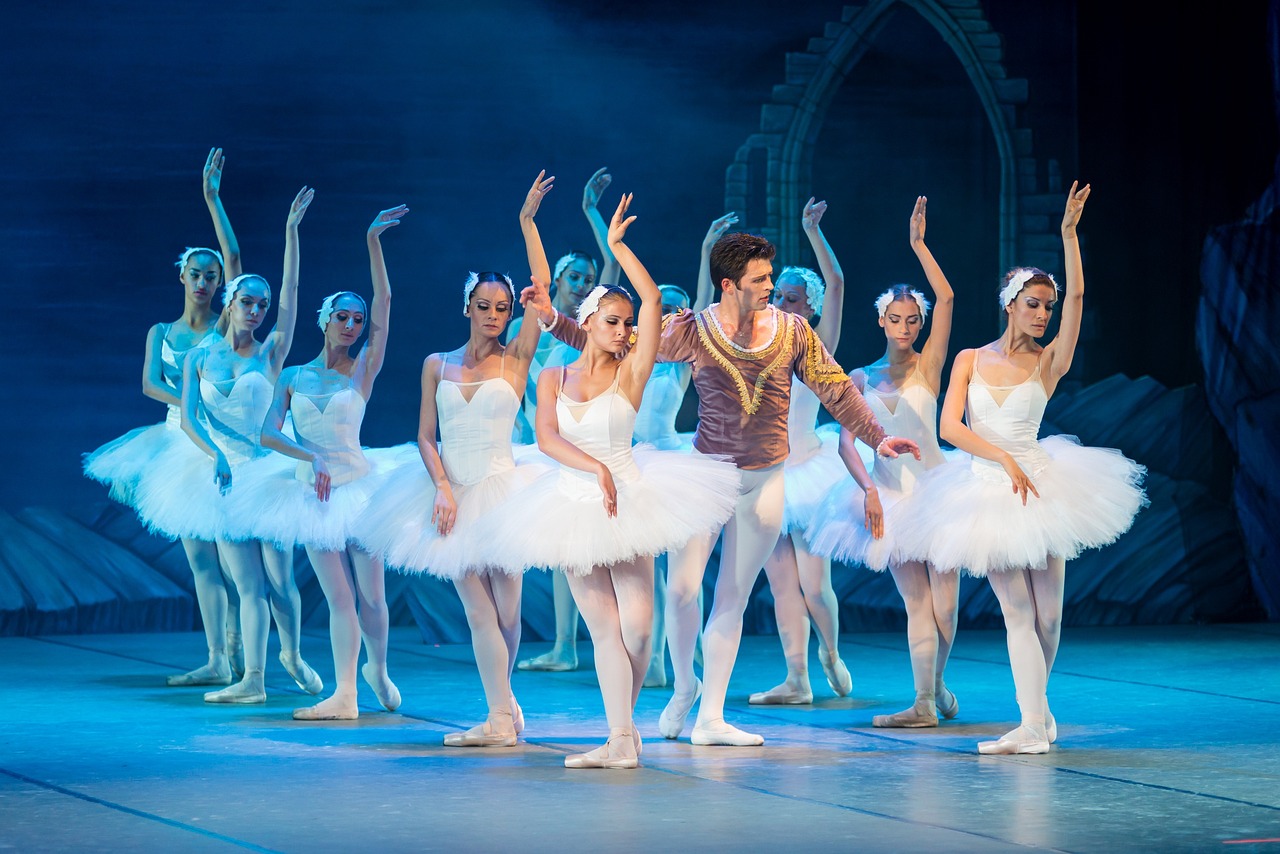During the Baroque era, two powerful forms of entertainment emerged, captivating the elite: ballet and casino gaming. Though seemingly distinct, these pastimes were united by their grandeur and dramatic taste.
Ballet graced the stage with elegant movements, while gambling offered high-stakes thrills. Together, they created a world of spectacle and emotion that still resonates today.
Baroque and the Ballroom Excitement
The Baroque was an era marked by different forms of entertainment. The Baroque influenced all spheres of culture, architecture, literature, arts, and music. It was a trend that reshaped people’s vision, enthusiasm, and emotions.
This era gave birth to two different trends that were far from each other but still had their points of contact in one form or another. These two trends were ballet and gambling. Both were forms of entertainment for elite society.
One attracted people in front of the stages where fantastic performances took place, while the other gathered thrilled audiences on green velvet tables. Yet, beneath their differences, both shared a surprising core – ritual, risk, and theatricality.
The Appeal of Ballet
A long time ago, when there was no internet, people could not access attractive gambling sites like the best safe online casinos in CA. Instead, other forms of entertainment were introduced to gather the audience and provide them with strong emotions.
Ballet was one of the forms of entertainment during the Baroque era that quickly gained popularity and became beloved by many. In the European art dance scene, ballet quickly transitioned from a court dance to an art.
Its history started during the Early Modern era in Italy. Then, the balls of wealthy families were popular glamorous events that lasted a couple of days. However, the so-called “ballet de cours” developed in France during the 15th century, while the history of ballet in Bridgeport dates back to the early 20th century. Here are some of the main characteristics that helped make ballet so popular and attractive:
- Strict Structure: Ballet relied on codified systems regarding the steps and the etiquette on stage.
- Beauty on Display: Ballet was a great way to stay fit. Normally, ballet dancers were admired for their graceful movements and elegant physiques.
- Public Display: Court ballet performances were held on scenes, watched by hundreds, judged, and admired by the audience.
- Opulent Settings: The performances often included gilded halls, chandeliers, brocade, and fabulous ballet costumes.
- Rehearsed Roles: Notable ballet dancers usually followed a script describing specific stories.
Casino Culture – The New Form of Entertainment
Just like atteind a ballet performance, the casino culture was often associated with opulence, grandeur, and glamorous rooms full of exquisite ladies and gentlemen. Although gambling, the way we know it in modern days, became very popular many years later, its first forms were also quite interesting.
In fact, ballroom traditions had a significant impact on how gambling started to form as an entertaining activity. Gambling was also an emerging activity during the Baroque era. And it was far from fringe activity – it was deeply embedded in society.
Actually, ballet and gambling were often activities that were held together. While the dancers practiced in mirrored halls, nobles gathered in separate salons to wager. There were entire rooms dedicated to games of chance in Versailles.
One of the first public casinos – the Ridotto – opened in 1638 in Venice. Some of the first gambling games were bassetta, biribi, and the first forms of roulette.
Similarly to the ballet performances, gambling activities resembled special events like balls. They were displays of power and status. Participants wore masks, adhered to strict rules, and frequently played under the watchful eye of an audience. A loss could bring humiliation, while a win could bring prestige. Each card dealt or die rolled became a small spectacle on its own.
We could say that these ballet and gambling traditions from the Baroque find their place in modern-day gaming activities, too. Even the top legit online casinos certified by reputable game testing organizations like eCOGRA offer attractive interfaces representing a fabulous atmosphere.
We can also see some similar forms of entertainment aspects in TV shows where there are special stage lighting, live bands, and thematic costumes. Besides, many of the modern casino complexes nowadays host grand ballroom dance tours.
There are colorful and exciting shows that attract casino visitors and make their stay even more engaging. In some cases, an official dress code is mandatory for hosting such events.
Final Thoughts
The Baroque period combined ballet and casino culture in an interesting way. This era set the stage for modern-day spectacles where art and chance continue to attract audiences. From the astonishing ballrooms of Versailles to the glittering lights of today’s casinos, these timeless traditions still evoke drama, risk, and grandeur. Their lasting influence shows how ballet and gambling are connected, shaping our entertainment culture.




